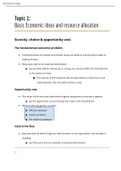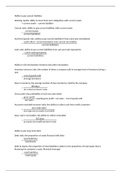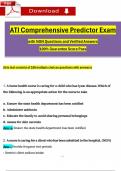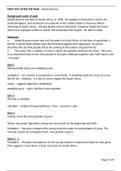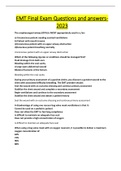Summary
Summary Cambridge International AS & A Level Eco, ISBN: 9781107679511 Topic 1:Basic Economic ideas
- Institution
- CIE
These documents are a summary of Topic 1 of Economics (CIE). It has every unit of chapter 1 clearly explained in brief ,but detailed information with key words, concepts and labelled diagrams. This summary includes the most important things you MUST know before sitting the exam. Good luck in ...
[Show more]
